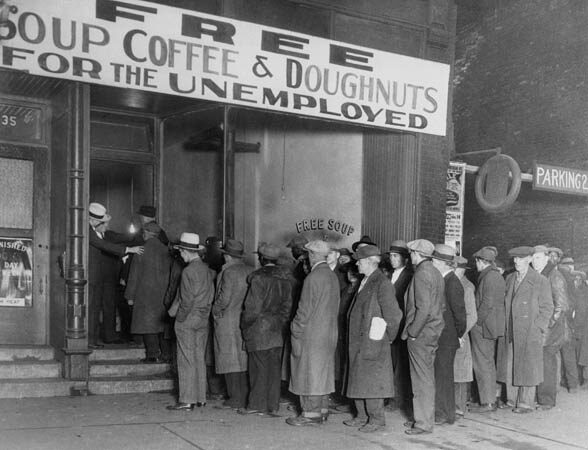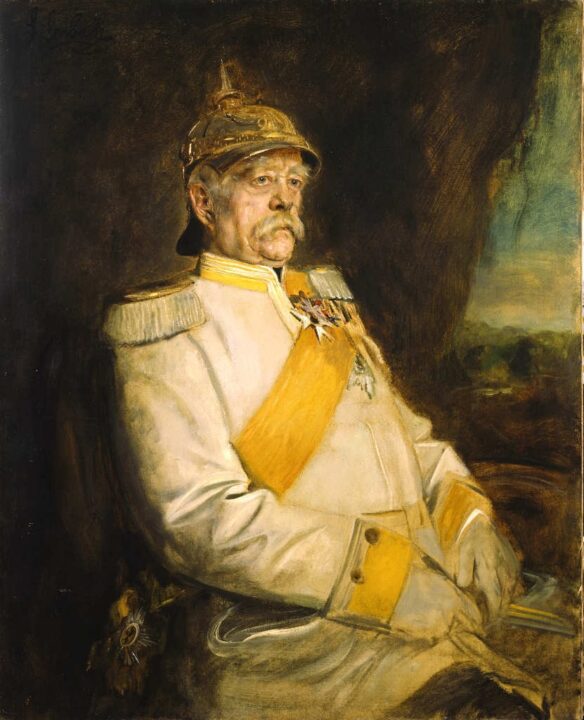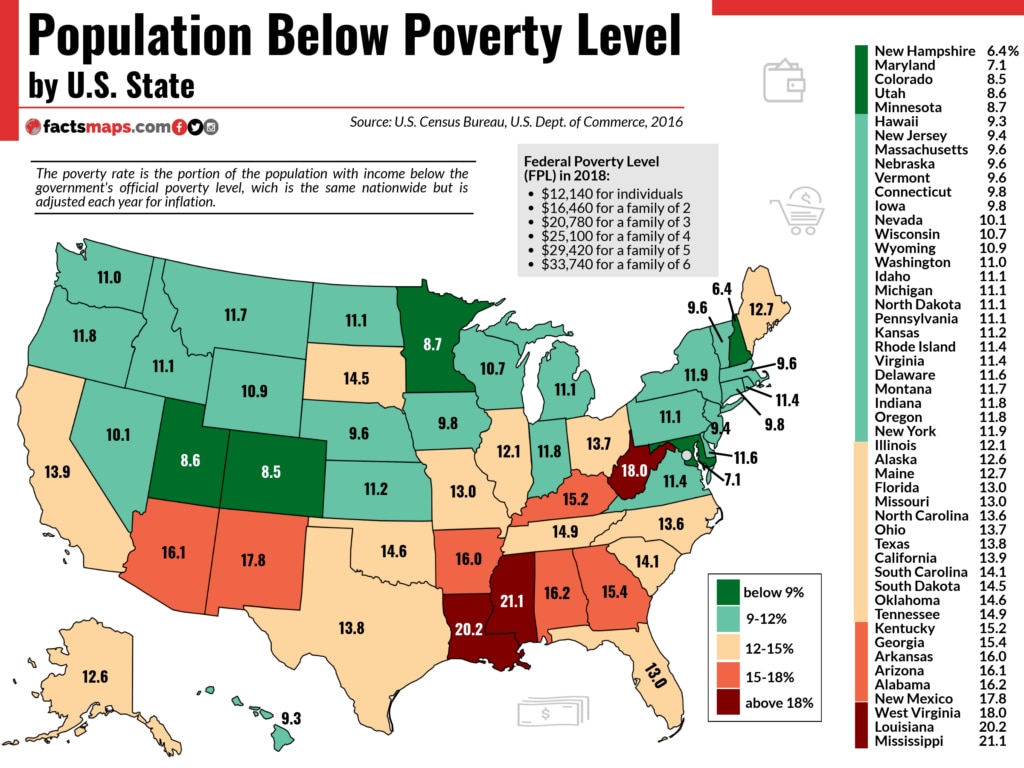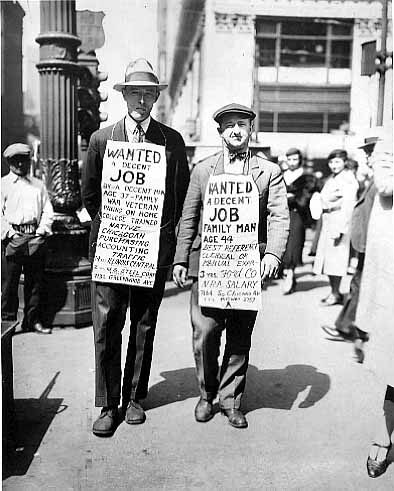Fazal Masood Malik and Farhan Khokhar
Defining modern social welfare can be complicated. Over centuries, the concept of social welfare has evolved to match the needs of society. In the most basic sense, pertaining to our understanding of the 21st century’s cultural norms, it can be defined as a service with intent to assist the citizens of a nation who require basic life needs.
Observing the Maslow’s hierarchy, we can determine the basic life needs as having a safe shelter, access to clean water and food and the need to be safe and secure in the environment where a person resides.
From an Islamic perspective, as discussed earlier (see part I of this article), these needs were addressed at a state level during the time of the Holy Prophetsa and his successors, commonly referred to as Khulafa-e-Rashideenra.
Earlier civilisations, such as the Greeks and the Romans, had no concept of helping the poor. While several examples exist where general assistance was extended to the entire population, rich and poor alike, one can be hard-pressed to find examples addressing poverty. In their society, being affluent was seen as a reward from gods. Going back further, we find that the ancient Egyptians were guided by the principle of ma‘at, where they felt obligated towards helping those without power, not necessarily the under-provisioned citizens.
Ancient Buddhist monasteries did not consider helping the poor as it was considered the job of the ruler; however, with reformed Buddhism, helping the poor has become a key message.
In contrast, social welfare forms a substantial part of Taoism and Zoroastrianism and has played an integral role in developing religion among societies that adopted these faiths.
However, the consistency demonstrated by societal leaders and governments to help raise the improvised class out of the cycle of poverty is lacking in the annals of history.
There are wonderful examples of dynasties and kingships who fared well in raising the standard of living among their citizens, but consistent and continued support lacked over time. Among the Western nations, the concept of a welfare state can be traced from the early modern period (1600s) when the Elizabethan Poor Laws were enacted in Britain in 1601.
Although these laws were aimed at helping the poor and destitute, they discriminated between the “worthy” and the “unworthy” poor. The modern welfare state in the UK began to be formed after World War II, almost a century after Sozialstaat in Germany.
The 1980s in the UK took a significant step towards shaping the country’s modern-day welfare system. Under Margaret Thatcher and the Conservative Party, who ruled British politics for 18 years, many significant changes were made. It should be noted that in the 1980s, Britain’s unemployment rate was an astounding 13% (compared with the April 2020 figure of 3.9%).

Currently (early 21st century), the welfare benefits in the UK can be divided into four distinct groups: housing, education, healthcare, and cash benefits. Perhaps the most extensive service in this category is healthcare. Being universal in nature, healthcare is provided free of cost to all citizens. Education is mandatory and free from kindergarten to high school. Along with free education, however, citizens are free to choose from a wide range of private schooling options. Education beyond high school can be relatively expensive and is well beyond the reach of an ordinary child from an under-provisioned community. Housing and cash benefits vary from one place to another, with models ranging from the subsidy system to complete coverage of housing needs.
In Germany, Sozialstaat or the welfare state began in the 1840s, possibly as a response to slow the outflow of migrants to the United States, which offered much higher wages. Otto von Bismarck, the first Chancellor of Germany, introduced old-age pensions, accident insurance and medical care that formed the basis of the modern European welfare state. His programmes won the support of the German industry and slowed the outflow to migrants.

The settlers from the United Kingdom, Germany and other parts of Europe and Asia began immigrating to the United States, primarily due to attractive wages. The English settlers brought with them the concepts of English Poor Laws, together with the discrimination component. No public institutions for the poor existed until about the 18th century. It was up to local town elders to decide who was worthy of support and how it would be provided. During the years leading up to the early 20th century, the concept of state-supported welfare was looked down upon and considered a negative force.
The welfare system in the United States began in the 1930s during the Great Depression, mostly in the form of poverty relief. It took another 30 years to develop modern welfare programmes, which were ironically influenced by the German Bismarck model.

This model was considered as “evil to the society” even at the turn of the 20th century. In the 1960s, a person who was not elderly or disabled could receive need-based aid from the federal government. Aid could include general welfare payments, healthcare through medicaid, food stamps, special payments for pregnant women and young mothers and federal and state housing benefits.
Over the next half a century, leading up to the early 21st century, many modifications were made to the system bringing in reforms such as old-age benefits, pension plans, and coverage of some prescription drugs. However, to date, a promise of affordable healthcare remains a distant dream for most citizens of the United States.

The modern history of state-supported welfare in Canada has its roots following the Great War. Various acts were introduced to help the needy, such as the Workmen’s Compensation Act of Ontario (1914), Mother’s Pensions Act of Manitoba (1916) and the Old Age Pension for the “worthy poor” (1927).
The Great Depression of the 1930s pushed forward the need for social safety nets. Prime Minister Mackenzie King responded by creating a “pogey” or “dole”. It was a government relief payment provided to those who had no alternative source of income. Under this programme, people had to take a public oath of financial failure and were provided vouchers that could be exchanged for food and other essential items.

“Pogey” was deliberately kept lower than the lowest paying jobs to discourage people from wanting to be on it. The result was that people ended up starving and suffering from various diseases because it was insufficient to maintain basic living requirements. Despite the general dislike towards “pogey”, the two world wars and the Great Depression had changed the mood of the Canadian public; they were in favour of state intervention and support.
“Social values of ‘social equality, human rights, social citizenship, and stability’ underpinned the notion of a state-supported social safety net and notions of a social minimum”. (Marsh Report on Social Security of 1943)
The rise to power of NDP (formerly Co-operative Commonwealth Federation or CCF) in the early 1930s was perhaps the key that catapulted the Canadian Welfare State. Although the party never held power nationally, its policies were adopted and implemented by federal governments over the years.
It is worth quoting Tommy Douglas, the Premiere of Saskatchewan and leader of the CCF regarding healthcare that we enjoy in Canada:
“Health services should not have a price tag attached. People should be able to get the services they require irrespective of their individual capacity to pay.”
It is worth noting that the free and excellent healthcare that we enjoy today (in Canada) was the brainchild of Tommy Douglas. The period from 1950 to the late 70s was associated with a marked increase in social programme spending, a phase that can be described as foundational for a welfare state. Since then, various benefits have become ingrained in the Canadian psyche.
Benefits such as universal family allowances, veteran support, flexible immigration criteria, old age security, enhanced Canada Pensions Plan including protection in retirement and disability, Guaranteed Income Supplement, home care programme (to promote the independence of seniors), national health insurance system, disability allowances, income security programmes, female poverty, a Spouses Allowance became available to struggling wives of male pensioners and the physical and mental disabilities.
The current state of the Canadian welfare state is, by no means, perfect. It is, however, a social net deserving of further study, providing lessons learned for nations looking to implement similar systems. It is an evolutionary process that will continue to evolve as the needs of Canadian citizens grow.
Future of social welfare state
While Covid-19 has been disruptive to the economy in many ways, it has exposed gaping ideological holes in Western economies that allow the under-privileged to diminish into the background.
On the other hand, it has demonstrated the government’s ability to address fundamental austerity principles promptly. Undoubtedly, the current social welfare systems in place (for example, in Canada, Germany or the United Kingdom) address the immediate needs of the impoverished and those in an emergency or dire need, the tools needed to raise a person out of poverty are certainly missing.
There are many valuable lessons to be learned from observing the development of this noble system over the past few hundred years, as there are many pitfalls to be avoided for the developing world.
The future of the social welfare society that encompasses all those in need, without distinction of religion or colour, is the only way forward. However, it would be prudent to note that the purpose of these services should evolve to include a critical missing factor: achieving financial independence.
This economic security is what the Holy Quran teaches us, the example of which can be found in the Islamic state established by the Holy Prophet Muhammadsa and the Khulafa-e-Rashideenra.
References used (in order of consultation):
Tworuschka, Udo, et al. Care of the Poor in Religion Past and Present. Accessed online on 13 June 2020 http://dx.doi.org/10.1163/1877-5888_rpp_COM_01062
Michiel Horn. The Great Depression of the 1930s in Canada
George Marian Stefan. “European Welfare State in a Historical Perspective. A Critical Review.” European Journal of Interdisciplinary Studies 7, no. 1 (2015): 25+
Michael Hill. The Welfare State in Britain. Edward Elgar Publishing (1993)
Porter, Ann. Gendered states: Women, unemployment insurance and the political economy of the welfare state in Canada, 1945-1997. Vol. 17. University of Toronto Press (2003)
M Ornstein and M Stevenson. Politics and Ideology in Canada: Elite and Public Opinion in the Transformation of the Welfare State. McGill-Queen’s Press (1999).
Elisabeth Wallace. “The origin of the social welfare state in Canada, 1867-1900”. The Canadian Journal of Economics and Political Science 16, no. 3 (1950): 383-393
Wolfgang Mommsen, ed. The emergence of the welfare state in Britain and Germany: 1850-1950. Vol. 15. Routledge (2018)
Nathalie Morel and Bruno Palier, eds. Towards a social investment welfare state?: Ideas, policies and challenges. Policy Press (2011)


Jazakumullah Khairan